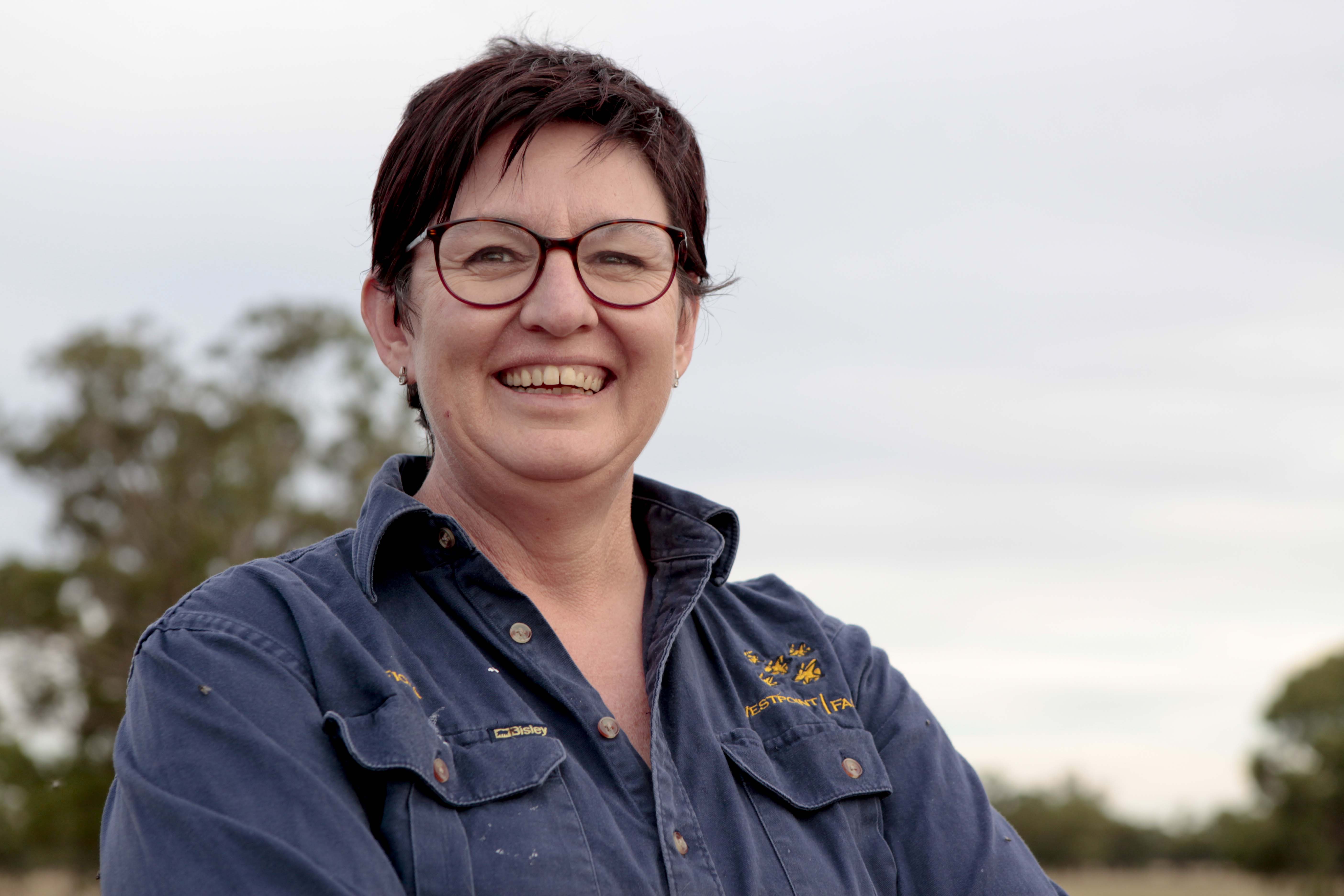Australia - A Superfood Superpower in the Making
- Fiona Aveyard

- Jan 14, 2022
- 3 min read
Updated: Jan 14, 2022
When success is measured by profits and the focus is entirely upon producing more to feed a growing world population - as well as help balance a nation’s trade account, where in the equation does climate change, drought resilience and quality of life sit?

As commodity producers, farmers are constantly striving to produce more for less. The quest for scale is focused on getting more acres, running more livestock, achieving greater efficiencies, increasing yields and improving productivity. We are after all, “Australian Farmers” - the ultimate in resilient, innovative hard workers who can outsmart our heavily subsidised European and American counterparts with the wit of McGyver with just a Leatherman and some 100-mile-an-hour tape.
In a world of changing climate where we know to expect more extreme weather events occurring more frequently, the question looms large as to how do we adapt? What is agriculture in Australia going to look like in a decade?
The National Farmers’ Federation has laid down a bold vision for the industry: to exceed $100 billion in farm gate output by 2030. This increase won’t just happen via increases in productivity, it will need innovation and then investment, geared towards extracting maximum value from commodities before we ship them offshore.
The idea of capturing value further along the food chain appeals on many levels. Where does a commodity producer, who is potentially a little ignorant of what happens beyond their own farm gate - know where to begin? The consumer is often accused of not knowing where their food comes from. For many farmers, this is a two-way street. We are often oblivious to the intricacies of manufacturing, distribution, marketing and the many steps that occur prior to the food we produce hitting the supermarket shelves.
There are a few factors in play that potentially will define the ag industry of tomorrow. We are currently seeing the emergence of ‘superfarms’. Funded in part by consortiums, corporations and international investment, these are big operations that inject a flash flood of cash into communities. The impact of which only manages to buoy land prices far beyond the value of what can actually be produced off that land. These corporate farms are in the business of making money for their investors. Takers, not makers, focused on profits that can only truly be realised when the land is onsold. They are not in the business of environmental stewardship for subsequent generations. They are the McDonalds of food producers, high in calories and seriously lacking in nutrition.
Environmental stewardship is not achievable in pure commodity production where the focus is on producing more for less. The environment can only be prioritised when the consumer becomes part of the solution. When people recognise and are prepared to pay the real value of what it costs to produce food. In order to do that we have to step away from a commodity mindset and capture greater value from whatever it is that is being produced. Until this happens, we will continue to see the rise of the corporate farm and the decline of the family farm.

Imagining the future of agriculture, important issues like economic sustainability, environmental stewardship, climate change, provenance, traceability around management, animal welfare issues and succession are all on the table. There is also the desire of the modern consumer to have a greater connection to the source of their food.
Australia’s strength lies in our ability to produce nutritious food in our healthy soils. It lies in the expertise of generational farmers with knowledge and a vested interest in people and the planet. The key to success will be creating more with less by capturing value further along the supply chain.
Farmers are at the front line of critical issues like food security and climate change. It’s important they remain at the table and are involved in making the decisions that will shape the industry. There is a lot of change in play and this makes for a pretty thrilling ride. The solution lies in prioritising the environment, understanding the real costs of food production then developing manufacturing and industry that will capture greater value along our food chain. Do this, and in a very short amount of time, Australia can become a superfood, superpower.
by Fiona Aveyard
(published in The Canberra Times 23/12/21)











































Comments